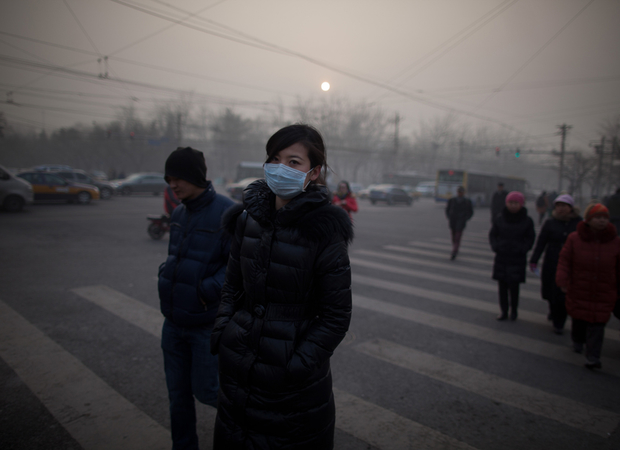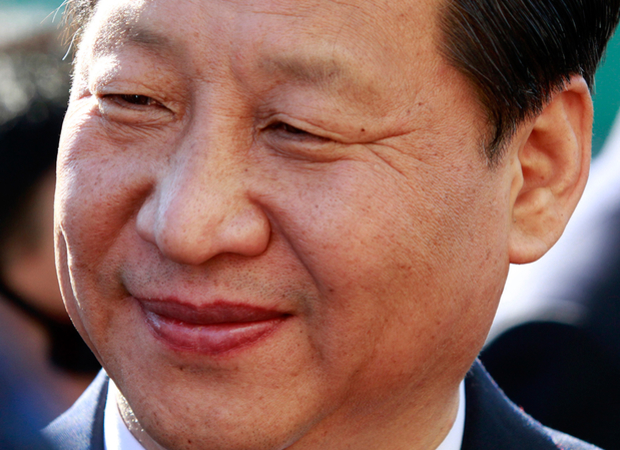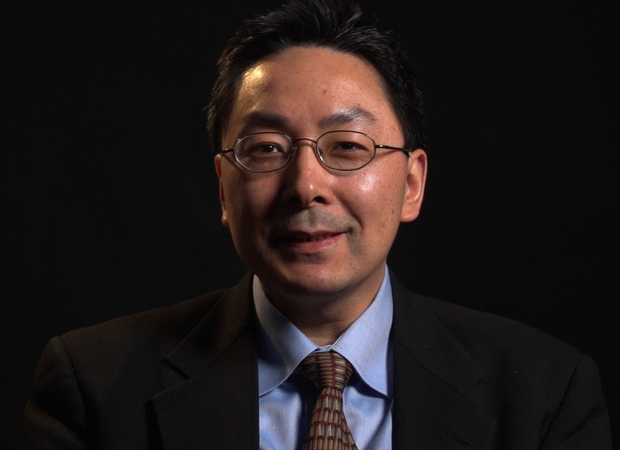Investment into China Declined in 2012
on January 16, 2013
Analysts said cooling growth in China’s foreign direct investment, or F.D.I., did not suggest that investors’ confidence in the country was waning.
Analysts said cooling growth in China’s foreign direct investment, or F.D.I., did not suggest that investors’ confidence in the country was waning.
If the new data is to be believed, the U.S. trade deficit with China would fall by as much as 25 percent, from $176 billion as of 2009 to $131 billion.
With suspicion apparently the order of the day in East and Southeast Asia, an American scholar's visit to a Chinese military forum turned up some fascinating things to say.
The more closely a Hollywood film examines China, the more likely it is to collide with shifting standards, unwritten rules and unfamiliar political powers.
The Ministry of Environmental Protection pledged to cut vehicle emissions, the source of about a quarter of China's air pollution, but didn't explain implementation plans.
The following will sound like a joke, but I’m sorry to say it’s not: the filters for our air purifying machines are so expensive that we get ours under the table.
Last year, China made a breakthrough in the publication of air quality data, as more than sixty cities started to monitor and publish levels of the dangerous air pollutant PM2.5. But the figures themselves were depressing. With PM2.5—fine particulates—and ozone now included in ratings, air quality often fell to unhealthy levels. Microbloggers who had been demanding the extra information calmed down, but the worries of people living in the smog remain.

As part of our continuing series on China’s recent leadership transition, Arthur Ross Fellow Ouyang Bin sat down with political scientist Andrew Nathan, who published his latest book, China’s Search for Security, in September.

The wide coverage of Beijing’s brown, soupy air, which has been rated “hazardous” or worse by monitors since last week, was the most open in recent memory.
The lack of significant improvement in people’s health status and other mounting health challenges in China raise a puzzling question about the country’s internal transition: why did the reform-induced dynamics produce an economic miracle, but fail to reproduce the success Mao had achieved in the health sector? This book examines the political and policy dynamics of health governance in post-Mao China. It explores the political-institutional roots of the public health and health care challenges and the evolution of the leaders’ policy response in contemporary China. It argues that reform-induced institutional dynamics, when interacting with Maoist health policy structure in an authoritarian setting, have not only contributed to the rising health challenges in contemporary China, but also shaped the patterns and outcomes of China’s health system transition. The study of China’s health governance will further our understanding of the evolving political system in China and the complexities of China’s rise. As the world economy and international security are increasingly vulnerable to major disease outbreaks in China, it also sheds critical light on China’s role in global health governance. —Routledge
